Why sustainability is no longer just a nicety
Now is the time for the channel to diversify its business models and guide customers towards sustainability

Digital transformation has accelerated at an unprecedented rate, with demands for IT, cloud services and data centre infrastructure surging throughout 2020. Despite the virus turmoil, last year was the most profitable for the channel, according to Canalys, and 2021 could be a better year yet.
Although some channel businesses present a positive economic outlook, there are still many concerns around how others that have experienced setbacks will bounce back from the disruption. So, in the wake of growing market consolidation and acquisition, how is the channel developing new services to come back stronger?
Channel Pro has previously examined some of the factors driving sustainability in the industry. Among them are greater awareness and commitments from public sector organisations, as well as commitments to net-zero ambitions and the need to ‘save energy’.
This latter aspect, in many respects, has become a key component of digital transformation, especially where an organisation is looking to become more productive, efficient and reduce costs. However, there are many more factors for customers and partners to consider when committing to long-term sustainability. Reducing energy usage is, of course, one area where an organisation can look to become more sustainable, but what others should be considered?
Establishing vendor commitments
Vendors have led the sustainability charge, and many have cited the need for greater sustainable practices. HPE has previously stated that it received more than 1,300 information requests from customers regarding its environmental and social practices, estimating customer briefings on sustainability contribute to roughly $585 million in net revenue, increasing by 88% over the previous year. Clearly, sustainability is big business.
Elsewhere other channel players have also taken a proactive and forward-thinking approach. Dell, for example, has worked with key suppliers to recover rare-earth magnets from hard drives, reusing the material in new systems to help foster the circular economy. Cisco has made great strides in its commitments, seeing a 55% reduction in Scope 1 and 2 Greenhouse Gas (GHG) emissions last year.
Schneider Electric has also recently announced new net-zero commitments, which will see us increase support for customers and partners and help them achieve their own targets. Over the next four years, we aim to reduce CO2 emissions from our top 1,000 suppliers while delivering 800 million tons of saved and avoided carbon emissions for customers. This strategy requires not only a greater focus on embedding sustainable practices across our partner supply chain but in helping customers to create and meet long-term objectives that will ingrain sustainability.
ChannelPro Newsletter
Stay up to date with the latest Channel industry news and analysis with our twice-weekly newsletter
Ensuring sustainable procurement
With greater awareness of the impact of technology on carbon emissions and demands from customers increasing, channel organisations will clearly need to pay more attention to sustainability in order to remain competitive.
Sustainable procurement is now a key factor in decision making, and as more organisations focus on embedding sustainable practices or make commitments to reduce their carbon footprint, the channel has a direct role to play in terms of reducing scope 3 emissions. Many businesses, for example, will openly admit that there are only a number of steps they can take within their own organisations before they must begin to address emissions in the supply chain.
It’s likely that channel organisations who are themselves taking steps to become more sustainable stand a far greater chance of both retaining long-term relationships and being more appealing to new customers - those who are looking for partners who can ‘walk the talk’, or help guide them on their own sustainability journey.
Sustainability-based service models
In recent years we’ve seen much consolidation within the channel, in addition to the emergence of specialised consultancy organisations that have replaced ‘traditional’ resellers. One might argue that businesses that haven’t moved from hardware sales, or began to diversify by adding digital services, stand a little-to-no chance of being able to compete, meaning that the time is ripe for disruption.
New service models based around distributed IT, mission-critical maintenance and energy management, for example, are beginning to emerge as a means of addressing sustainability within digital transformation. Additionally, new consultancy organisations or business services that help customers to modernise or retrofit outdated infrastructure, or drive energy efficiency for a lower carbon footprint (or energy bill), are also becoming a key focal point with end-user organisations.
Here, partners with both specialist expertise in energy efficiency, UPS and power management, and edge computing will likely see success, but customers will again be looking to partner with organisations that have a reputation for delivering tangible, sustainable business outcomes.
Sustainable ecosystem and circular economy
A critical factor in end-user decision-making will be the energy and carbon impact of IT. Here, demands for green or high-efficiency products, in addition to customers’ own commitments to integrate with the circular economy, will require channel firms to partner with vendors that not only have the same values, but can provide customers with a clear idea of their own carbon footprint.
To meet sustainability objectives, energy-efficient technologies will undoubtedly be a key requirement, and new service models based around integration with the circular economy are emerging to include modernisation or retrofit, recycle and take-back programmes.
It is also likely that vendors who proactively utilise recycled components, or can accurately demonstrate both their embedded carbon and the energy efficiency ratings of key products will become a key choice for customers. This means channel organisations should select their partners accordingly, and specify solutions based on long-term lifecycle objectives rather than commoditised cost.
Cloud-based software as an enabler
Finally with greater adoption of cloud, edge computing and hosted IT services, choosing the right vendor-agnostic software and automation system will also play a crucial factor in managing the health or status of infrastructure across the digital ecosystem – something that can help with sustainable forward planning.
As customer purchasing decisions become more environmentally and economically aware, it’s clear to see that sustainability has become an essential differentiator for channel businesses. Beginning with the end is key, and as trusted advisors to the end-user community, partners have a role to play in helping end-users both define and realise their objectives.
I believe that for those partners who can advise customers on a strategy to reduce their carbon emissions, help them transform their digital infrastructure footprint, and deliver services that deliver sustainability and reliability, the future looks bright. Now is the time for members of the partner community to take the lead, diversify their business models, and guide customers towards a sustainable future.
Steve Santini is channel director at Schneider Electric UK&I
-
 BenQ PD3226G monitor review
BenQ PD3226G monitor reviewReviews This 32-inch monitor aims to provide the best of all possible worlds – 4K resolution, 144Hz refresh rate and pro-class color accuracy – and it mostly succeeds
By Sasha Muller
-
 Layoffs loom for underskilled tech workers and poor performers
Layoffs loom for underskilled tech workers and poor performersNews Tech hiring managers expect to make layoffs in the coming months, with roles ripe for automation and workers with outdated skills the most likely to be cut.
By Emma Woollacott
-
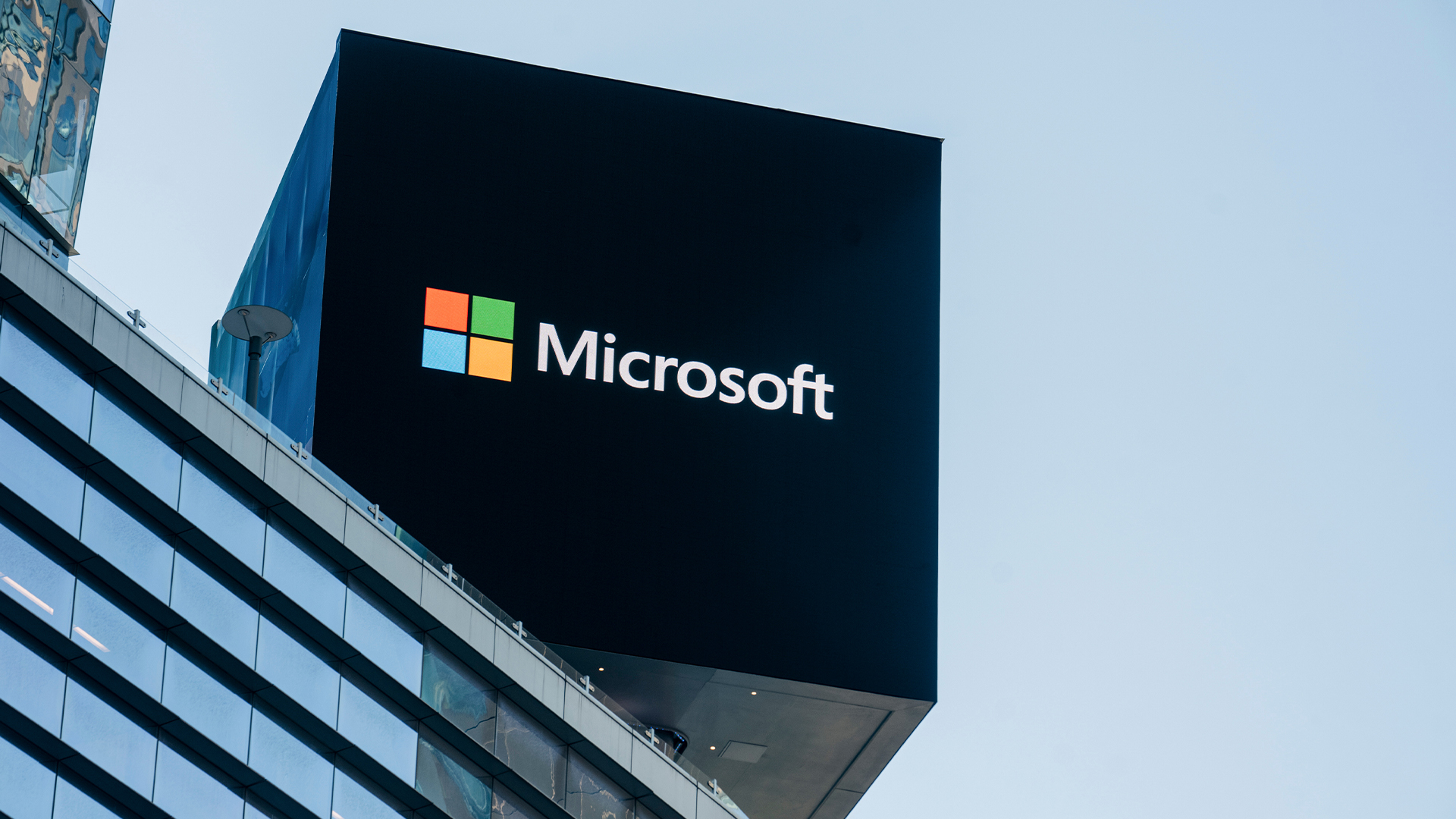 Microsoft just hit a major milestone in its ‘zero waste’ strategy
Microsoft just hit a major milestone in its ‘zero waste’ strategyNews Microsoft says it's outstripping its zero waste targets, recording a 90.9% reuse and recycling rate for servers and components in 2024.
By Emma Woollacott
-
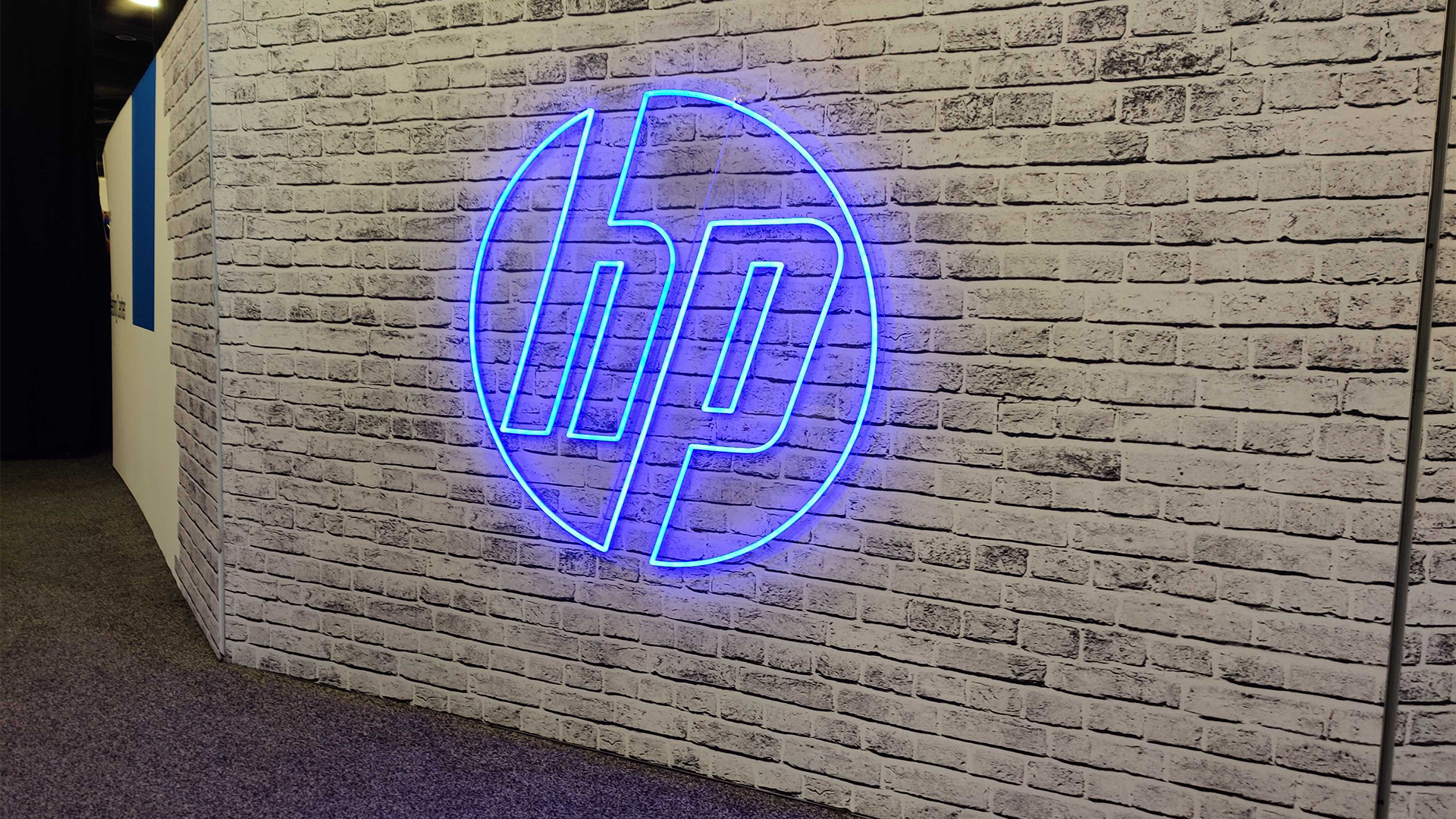 HP’s sustainability drive is paying off for channel partners
HP’s sustainability drive is paying off for channel partnersNews Channel partners that bought into HP’s sustainability program saw sales increase as customers react positively
By Solomon Klappholz
-
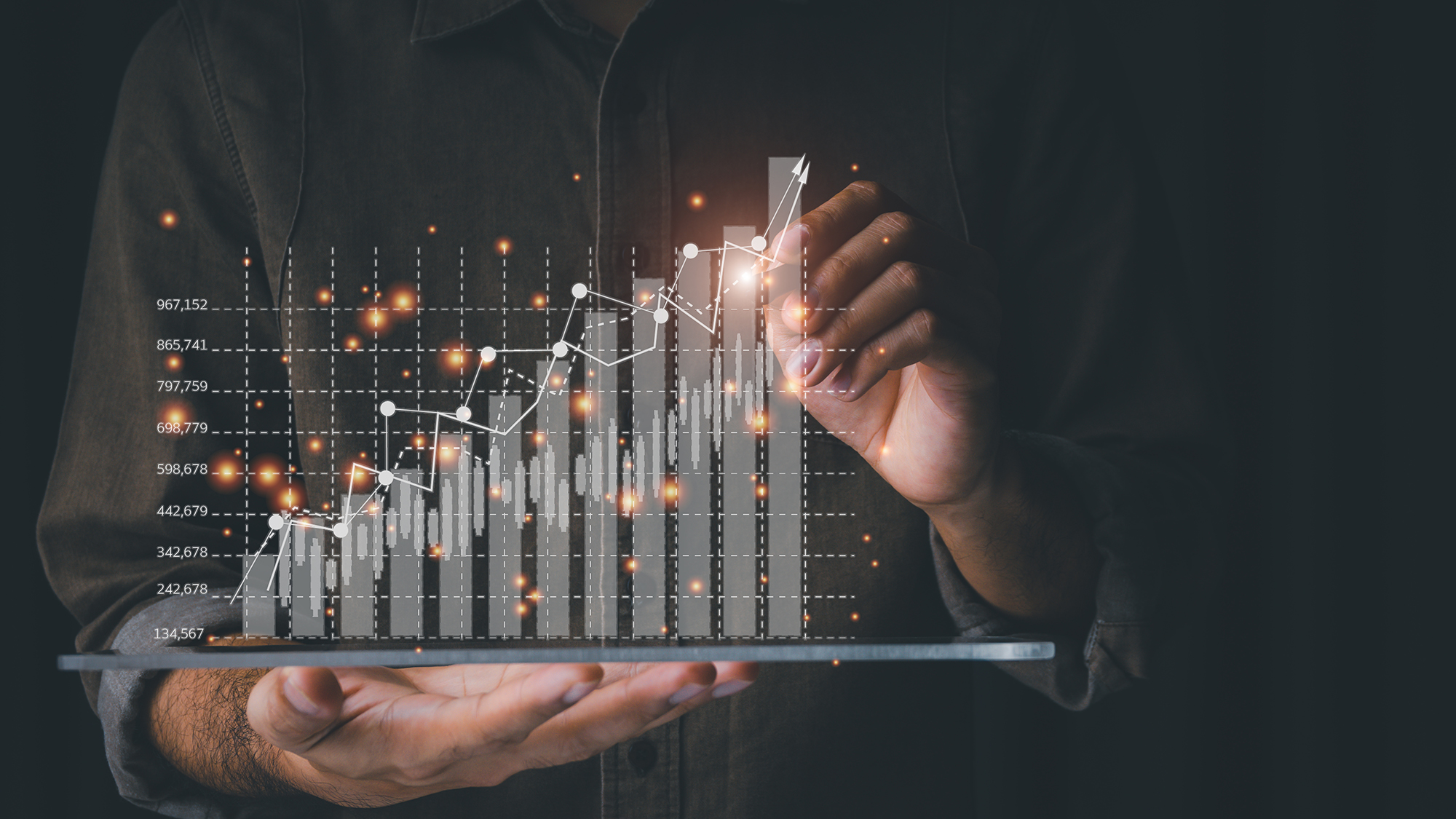 Beyond the upgrade: How to maximize IT investments and minimize waste
Beyond the upgrade: How to maximize IT investments and minimize wasteHow to maintain optimal performance and productivity with your fleet of hardware and stave off the next upgrade cycle for a bit longer
By ITPro
-
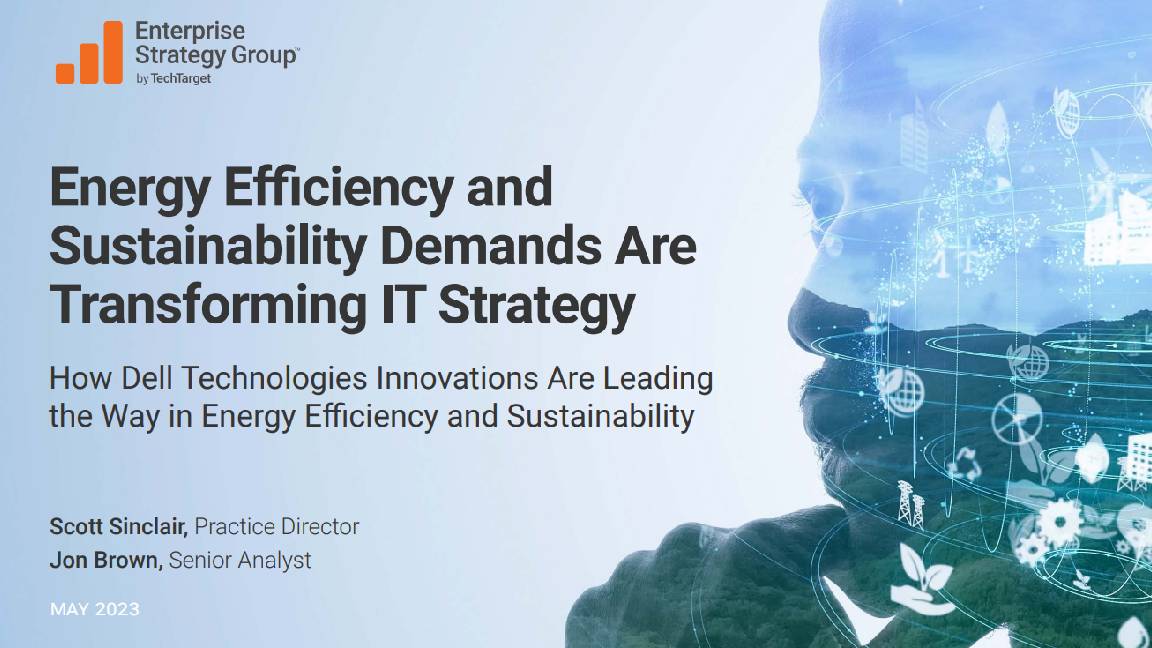 Energy efficiency and sustainability demands are transforming IT strategy
Energy efficiency and sustainability demands are transforming IT strategywhitepaper How Dell Technologies innovations are leading the way in energy effiency and sustainability
By ITPro
-
 Energy efficiency and sustainability demands are transforming IT strategy
Energy efficiency and sustainability demands are transforming IT strategywhitepaper How Dell Technologies innovations are leading the way in energy effiency and sustainability
By ITPro
-
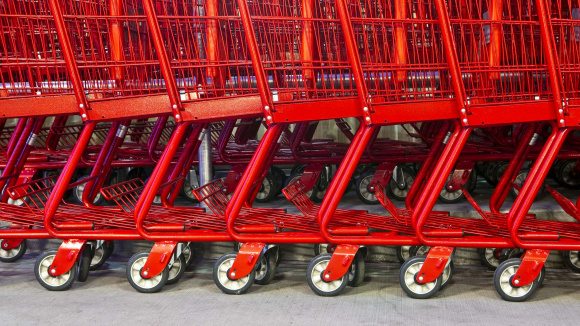 Creating successful supply chain planning transformations in the consumer industry
Creating successful supply chain planning transformations in the consumer industryWhitepaper Think differently about SCP transformations and, in doing so, move into a better future for supply chains
By ITPro
-
 Better together
Better togetherWhitepaper Achieve more with Windows 11 and Surface
By ITPro
-
 Transforming the enterprise
Transforming the enterpriseWhitepaper With Intel and CDW
By ITPro